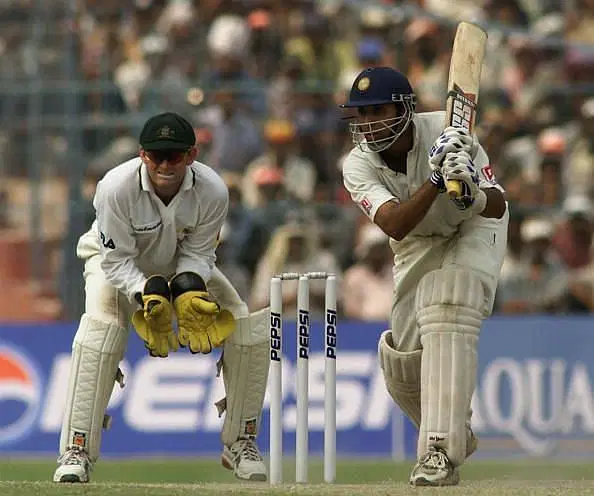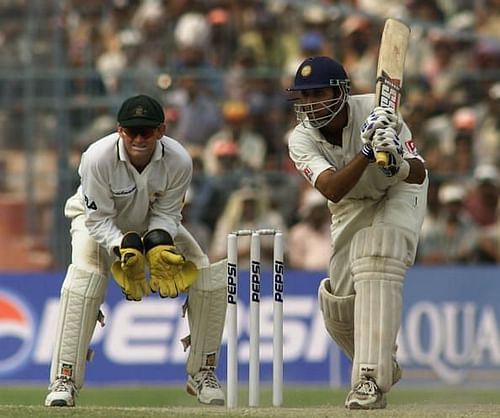
"On a turning track, you always play for the ball that comes in" - VVS Laxman

Former India batsman VVS Laxman has stated that on a turning track it is always better to play for the ball that comes in. Most of the England batsmen in the third Test against India in Ahmedabad were foxed by deliveries that went straight on.
VVS Laxman’s 281 at Eden Gardens in 2001, where he successfully neutralized Shane Warne’s threat, is considered a masterclass in playing spin.
Speaking to the Observer, the stylish Hyderabadi detailed how batsmen can counter the spinning ball in India. VVS Laxman explained:
“On a turning track you always play for the ball that comes in. Your bat should be vertical and you look to play back to the bowler. More often than not you won’t get bowled because you’re covering the line of the delivery. If the ball turns in a lot, it will go to square leg off the inside part of your bat. If it is turning away it will roll to point off the outside part of the bat. But because you’re playing with soft hands, very rarely will it carry to gully or slip.”
According to VVS Laxman, runs can be scored on turning tracks like Ahmedabad if one gets the balance between technique and mindset right. The 46-year-old added:
“There is no doubt it’s possible to score on these pitches. You have to have the right mix of technique and mindset. You have to have to have belief in your defence. If you don’t, your mind is restless, shot selection becomes problematic, decision-making translates into poor footwork, into reaching towards the ball, picking the length wrongly, and that will lead to your dismissal. You will look out of place batting on these surfaces.”
Defense doesn’t mean just taking a long stride forward: VVS Laxman
One of the major criticisms of both the England and Indian batsmen in Ahmedabad was that they displayed poor technique against the turning ball. Despite the victory, both Rohit Sharma and Virat Kohli conceded that India batted badly.
VVS Laxman admitted that having a good defense is crucial to tacking the spinning ball on a turning surface. He elaborated:
“Defence doesn’t mean just taking a long stride forward. Defence is where you’re transferring your body weight, and your stride is just so long that you can get bat in front of pad. If the stride is too long, the bat is behind pad and you’re giving a chance for lbw and (a) catch close in.
"Once you get the stride right and the body weight is transferring forward, you will automatically play with soft hands. Even if you’re beaten by the bounce at the last moment, you can adjust. Your bat and hand position should be such that, at the last moment, you can drop your wrists or take your bat up and leave the ball. Once you take a long stride, you’re locked.”
VVS Laxman believes there is no uniform solution for negating spin. Hence, it is important for each batsman to know his strengths and weaknesses thoroughly. The ex-cricketer said:
“For me, against the left-arm spinner, my strike rotation options would be play with the turn, towards mid-off. Against Axar Patel or Jack Leach, even if I was using the depth of the crease I would not cut. Against quicker spinners, play with a vertical bat. If you set yourself up to play towards mid-off, even if the ball turns a bit more, you can play to cover. But if you try to play towards cover, as you do on a good wicket, and the ball comes in with the arm, there is no time to alter your shot.”
VVS Laxman played 134 Tests for India, scoring 8781 runs at an average of 45.97 with 17 hundreds and 56 fifties.